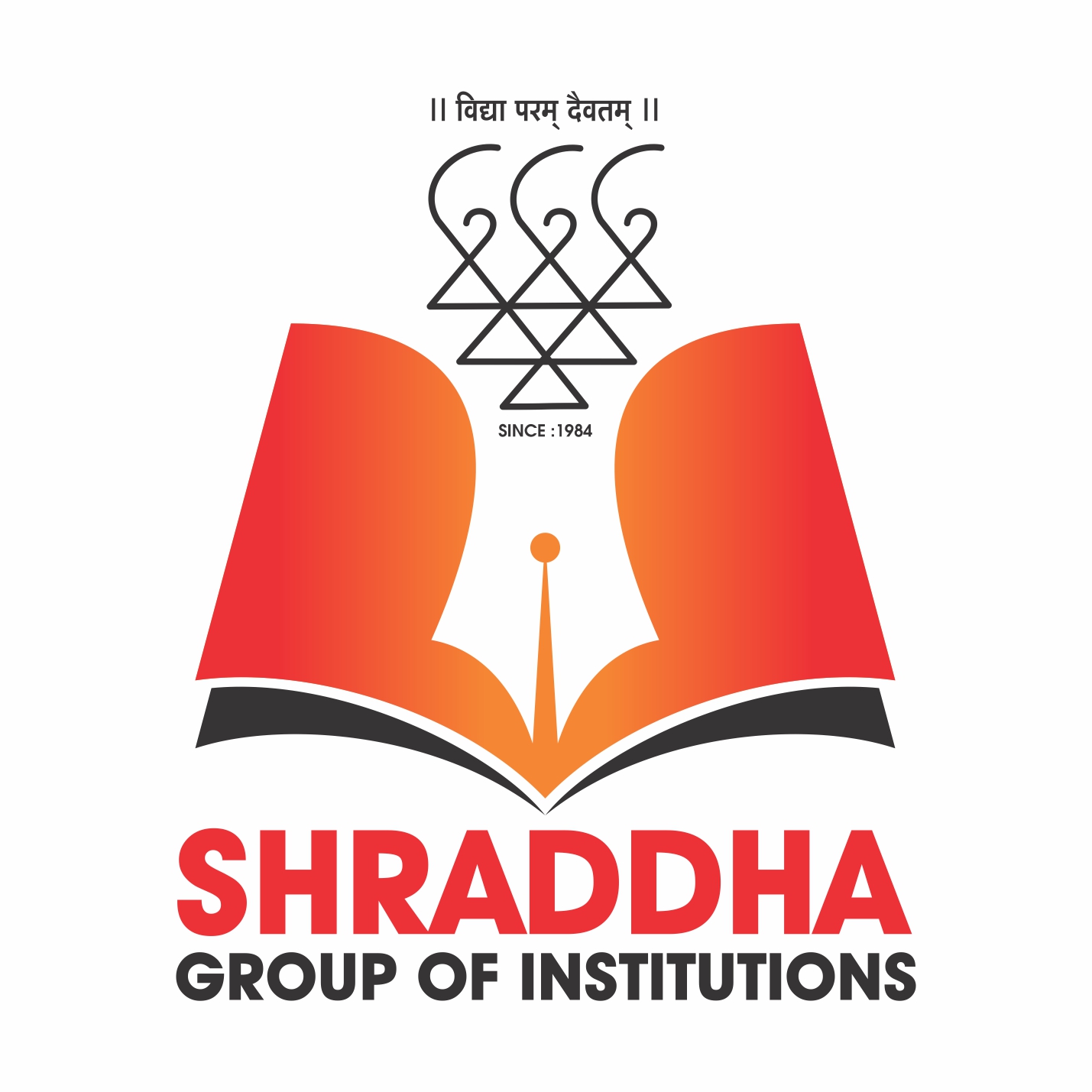|
India’s Manufacturing Sector: Challenges, and Opportunities
Context
The recently released Annual Survey of Industries (ASI) for 2022-23 highlights a robust connection between the Production Linked Incentive (PLI) scheme and sectoral performance. This Correlation has been instrumental in revitalizing India’s manufacturing sector, positioning the country as an emerging global manufacturing hub.
Current Status of India’s Manufacturing Sector:
Contribution to Economy
- Economic Role: The Manufacturing sector accounts for 17% of India’s GDP and employs over 27.3 million workers, becoming a cornerstone of economic growth.
- Growth Metrics:
- ASI 2022-23 reports a remarkable 21.5% growth in manufacturing output, accompanied by a 7.3% growth in Gross Value Added (GVA).
- Five major sectors basic metals, refined petroleum products, food products, chemicals, and motor vehicles collectively contribute 58% of the total output.
Employment and FDI
- Employment Generation: The sector added approximately 2.2 million jobs in 2022-23, surpassing pre-pandemic levels.
- States like Maharashtra, Gujarat, Tamil Nadu, Karnataka, and Uttar Pradesh emerged as key contributors to employment and GVA.
- FDI Growth:
- FDI in manufacturing has reached $165.1 billion, a 69% increase over the past decade.
- The last five years alone have seen total FDI inflows of $383.5 billion, fueled by PLI initiatives.
Future Prospects
Policy Ambitions and Potential
- National Manufacturing Policy (NMP) envisions manufacturing contributing 25% of GDP by 2025.
- India is on track to export goods worth $1 trillion by 2030, bolstered by robust policy frameworks and sectoral incentives.
- Projections by the Confederation of Indian Industry (CII):
- Manufacturing’s share in GVA could rise to 25% by 2030-31 and 27% by 2047-48, transforming India into a developed economy by 2047.
Annual Survey of Industries (ASI)
- Established in 1959, the ASI operates under the Collection of Statistics Act, 2008.
- It provides critical data for evaluating India’s registered manufacturing sector, covering factories under the Factories Act, 1948, electricity undertakings, and select labour-intensive establishments.
Challenges Hindering Manufacturing Growth
- Infrastructure Deficiencies:
- Limited physical and digital infrastructure leads to high operational costs.
- Skilled Labor Shortages:
- The skills gap in modern manufacturing persists due to inadequate vocational training.
- Regulatory Hurdles:
- Complex land acquisition laws, labor regulations, and bureaucratic delays deter investment.
- Limited Access to Finance:
- SMEs struggle with high-interest rates and stringent collateral requirements, hindering growth.
- Global Competition:
- Stiff competition from nations like China with advanced ecosystems and lower production costs.
- Technological Lag:
- Slow adoption of automation, AI, and IoT due to low R&D investment and limited awareness.
- Environmental Concerns:
- Pollution and resource mismanagement pose risks to long-term viability.
Recommendations for Sustainable Growth
- Expanding PLI Schemes:
- Extend incentives to labour-intensive sectors like apparel, leather, and furniture.
- Include high-import dependency sectors like capital goods.
- Enhancing Workforce Participation:
- Increasing female workforce participation could boost manufacturing output by 9%, per World Bank estimates.
- Strengthening MSMEs:
- Modify PLI requirements for MSMEs by reducing capital thresholds and easing production targets.
- Addressing Structural Issues:
- Prioritize infrastructure upgrades, skill development, and ease of doing business reforms.
- Investments in logistics and warehousing can cut costs and boost efficiency.
- Promoting Green Manufacturing:
- Emphasize energy efficiency, renewable energy, and sustainable practices.
- Encouraging FDI:
- Foster investor confidence through stable policies and incentives, bringing in capital and advanced technology.
- Digital Transformation:
- Leverage initiatives like Digital India to integrate advanced technologies into manufacturing.
Way Forward
India’s manufacturing revival underscores the success of initiatives like the PLI scheme, but challenges remain. Targeted reforms, such as expanding incentives to new sectors and addressing import dependency, are vital. With sustained efforts, India can solidify its position as a global manufacturing powerhouse and achieve transformative economic growth by 2047.
|
-1704958781030.png)
